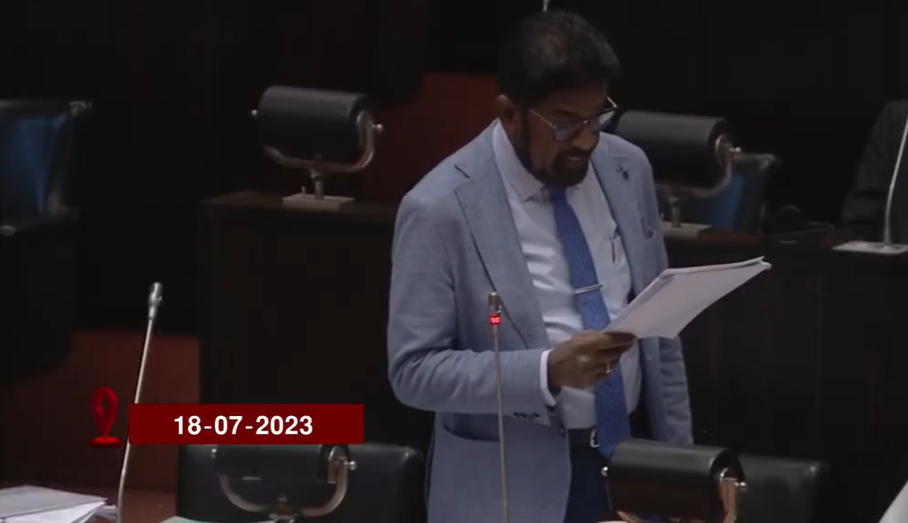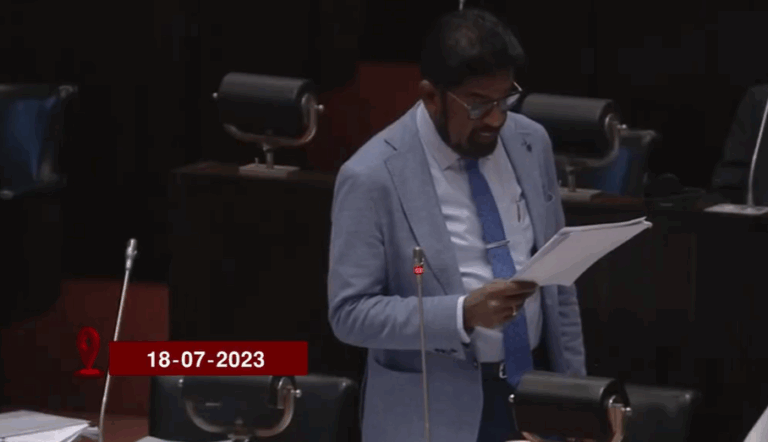Keheliya Rambukwella – Family and Legal Summary
| Attribute | Detail |
|---|---|
| Full Name | Keheliya Bandara Rambukwella |
| Date of Birth | September 5, 1953 |
| Nationality | Sri Lankan |
| Former Role | Minister of Health, Sri Lanka |
| Political Affiliation | Sri Lanka Podujana Peramuna (SLPP) |
| Daughter(s) Involved | Chamithri Jayanika Rambukwella, Amali Nayanika Rambukwella |
| Other Family Members | Kusum Priyadarshani Epa (wife), Isuru Pulasthi Bandara (son-in-law) |
| Charges | Money Laundering, Undeclared Assets |
| Arresting Body | Commission to Investigate Allegations of Bribery or Corruption (CIABOC) |
| Reference Link | https://www.dailymirror.lk/latest-news/Keheliya-wife-daughter-arrested/342-311901 |
The picture of Keheliya Rambukwella’s family being escorted into courtrooms has garnered a startling amount of public attention in recent days. Rambukwella, the former health minister of Sri Lanka, is currently the subject of a comprehensive financial probe that has implicated not only him but also his daughters and other close family members. The arrest and remand of his daughter Chamithri Jayanika Rambukwella, who did not comply with her bail requirements, is especially telling; it was a moment that deeply resonated with the public.
By the afternoon of June 18, Chamithri, her sister Amali Nayanika, and Amali’s husband, Isuru Pulasthi Bandara, had all been taken into custody by CIABOC officers. They were apprehended as part of a larger crackdown under the Prevention of Money Laundering Act that targeted unreported assets worth over Rs. 134 million. This included nearly 40 suspended life insurance investment plans, several fixed deposits, and property and vehicles valued at over Rs. 40 million and Rs. 20 million, respectively.
A highly visible and, for many, highly symbolic court drama ensued. Chief Magistrate Thanuja Lakmali of Colombo set bail at Rs. 50,000 in cash and three Rs. 5 million surety bonds. These strict requirements were met by Amali and her husband. Notably, Chamithri didn’t. On paper, that failure was procedural, but it provoked a strong emotional reaction. Many saw it as a sign that even the most protected political families were beginning to face accountability.
Meanwhile, Keheliya, his wife Kusum, and another daughter, Chandula Ramali Rambukwella, were arrested that same week. Even though they were also given bail, they were placed on remand after initially failing to comply with the terms, which put the entire nuclear family under the control of the legal system. The moment was seen as especially important by the public, especially by younger voters who have long been skeptical of established political dynasties.
By means of tactical timing and tenacious legal action, CIABOC has been able to influence public opinion. The agency, which was once thought of as primarily a ceremonial organization, has suddenly become much more active, probably as a result of international scrutiny. Sri Lanka’s internal oversight systems have demonstrated noticeably better momentum as a result of the International Monetary Fund and other international partners stressing anti-corruption reform as a requirement for economic assistance.
This case has resonated across class boundaries by capitalizing on broader demands for justice. A sharp and unsettling disparity has been created by reports of families finding it difficult to pay for basic medical care, while the daughters of the former health minister are connected to opulent homes and secret funds. Images, court quotes, and passionate commentary have flooded social media threads, transforming this dispute into a cultural reckoning as well as a legal one.

This is about more than one family, for those who are paying close attention. It is reminiscent of other Asian political collapses, like that of Malaysia’s Rosmah Mansor or Pakistan’s Maryam Nawaz, both of whom were embroiled in scandals involving the abuse of wealth and power. Although Chamithri’s failure to post bail may seem like a minor detail, it feels remarkably similar to a more general reality: the net is gradually getting tighter.
The controversy has also brought up issues of dynastic entitlement and the dangers of inherited power in the context of generational politics. The notion that these legacies now carry legal baggage is especially revolutionary, even though many political children in South Asia have been prepared for office from a young age. It’s a narrative that could be especially helpful for leaders of civil society and early reformers when advocating for more robust institutions.
The psychological change this case has caused is still the most significant factor. There is a renewed sense of possibility in place of the customary resignation or cynicism. People are clamoring for digital tools that can track political wealth in real time, discussing asset declarations at dinner tables, and calling for future candidates to be more transparent. There is no denying the sense of momentum.
Sri Lanka may be on the path to a more equitable accountability system by combining institutional rigor with public pressure. Naturally, there is no assurance that every well-known case will result in a conviction. However, the legal system has made a particularly creative and effective statement by holding even politically connected daughters to the same standards as any other citizen.


